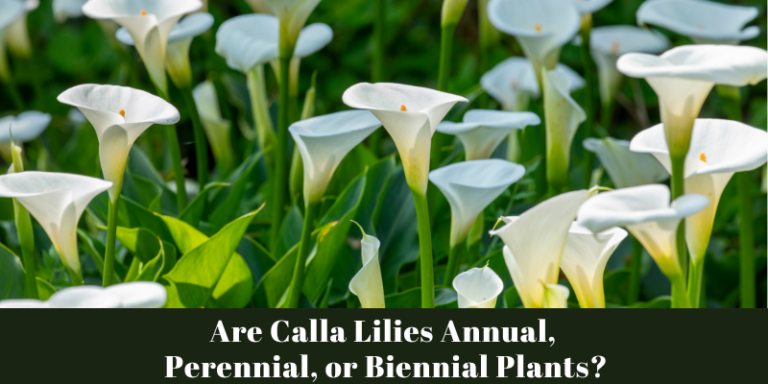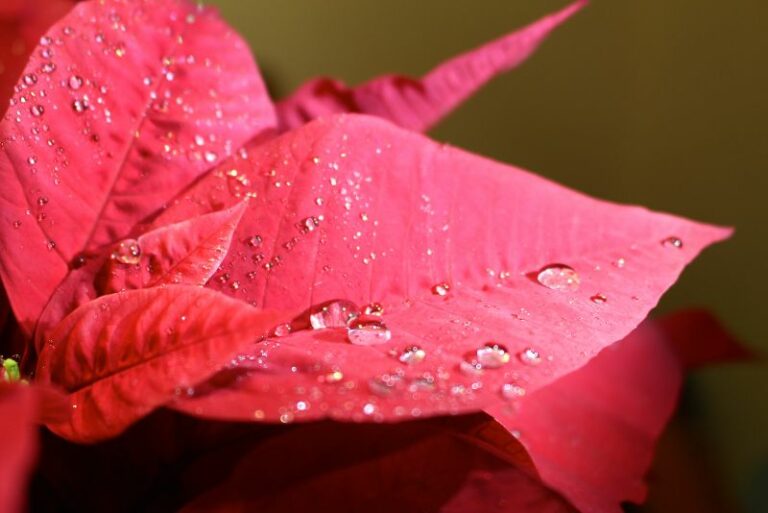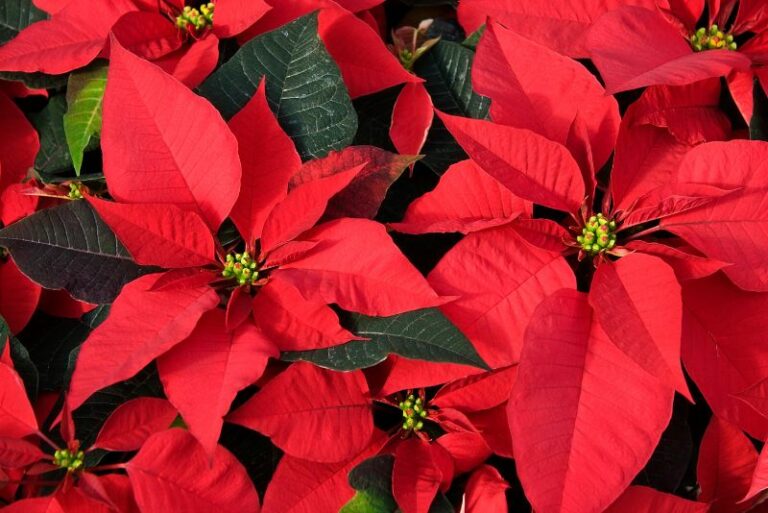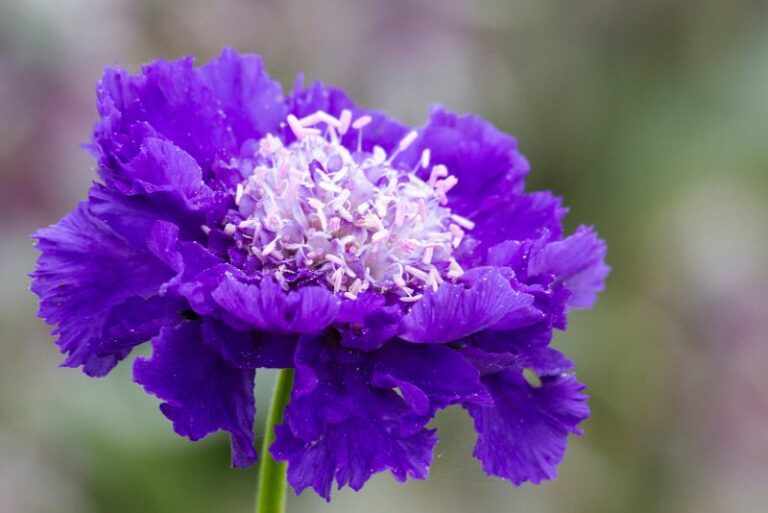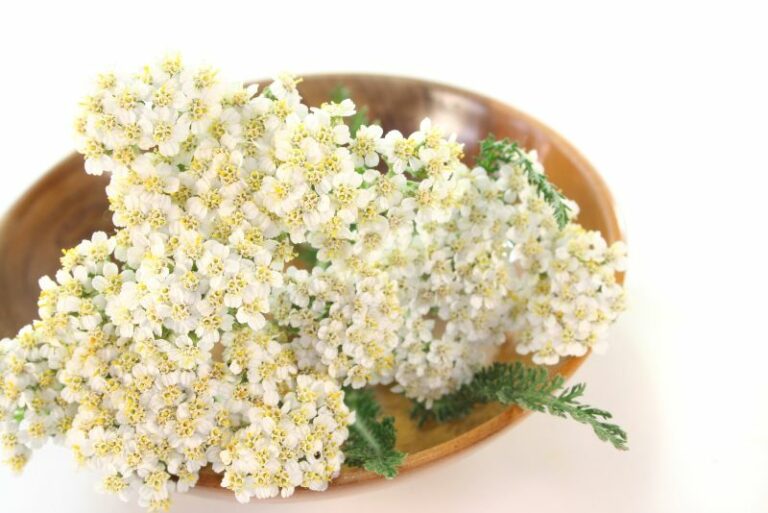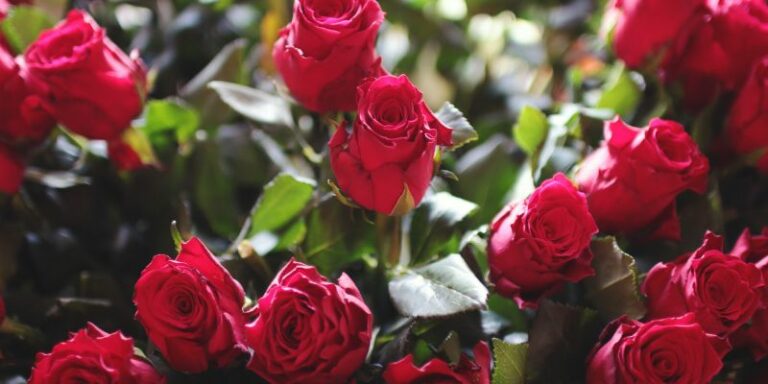“Avoiding Poinsettia Care Mistakes: Expert Tips for Healthy Plants”
Poinsettias adorn homes and public spaces with their vibrant red and green hues, representing the festive spirit of the holiday season. Unfortunately, they also develop a reputation for being finicky plants, often ending up wilted and forgotten in the corner. For garden enthusiasts and houseplant lovers, the challenge is not just about bringing these celebratory plants home but also ensuring they stay healthy and robust throughout their lifespan. To demystify the complexities of poinsettia care, we explore seven common mistakes that can hinder their growth, bloom, and health. Experts weigh in on why poinsettias die and how you can prevent it, delivering actionable insights to cultivate thriving plants.
Introduction to Poinsettia Care
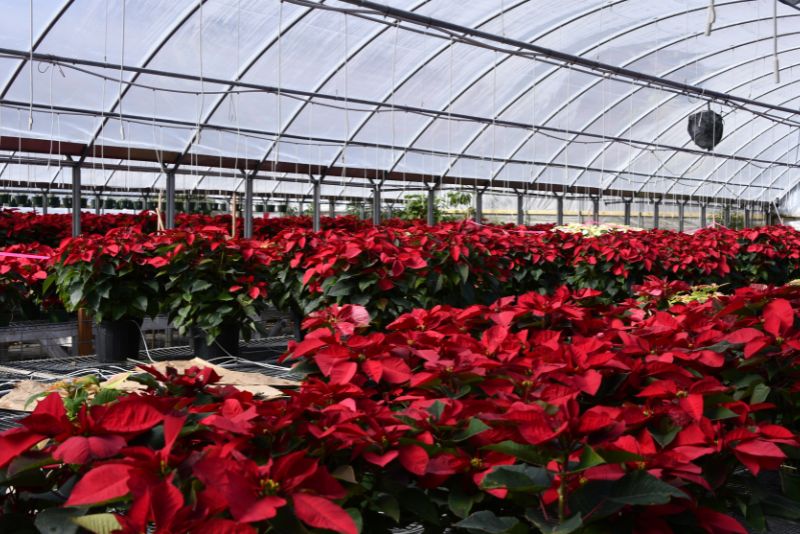
The iconic poinsettia (Euphorbia pulcherrima) is an emblem of the holidays, with a rich history that stems from its origin in Central America, where it was utilized by the Aztecs in religious ceremonies. Today, millions are purchased annually to deck the halls, but the seasonal lifespan of these plants often concludes abruptly due to care missteps.
Proper poinsettia care is vital for ensuring longevity post-holidays, and it begins with understanding the nuances of this tropical plant’s needs. Unlike other houseplants, poinsettias are unique in their light and temperature demands, water requirements, and even pruning preferences.
In this comprehensive guide, we tackle the top seven poinsettia care mistakes, and share insights from experts to help you provide the ideal environment for your plant to thrive. We emphasize the importance of offering the best possible growing conditions to ensure poinsettias remain a stunning centerpiece long past the season of giving.
Common Poinsettia Care Mistakes
1. Overwatering
The allure of the poinsettia’s velvety leaves can lead to overzealous watering. This is particularly problematic because poinsettias are sensitive to waterlogged soil. The fine balance between under and overwatering can be elusive, and mistaking dry soil as a sign to water can often result in too much moisture, promoting root rot.
To prevent overwatering, ensure the pot has drainage holes and use a schedule that allows the soil to dry partially between waterings. During dormant periods, reduce water intake significantly to prevent unnecessary stress on the plant.
2. Poor Light Conditions
Poinsettias require at least six hours of indirect sunlight each day. Inadequate light can lead to leggy growth or failure to set buds in the following year. Conversely, exposing them to direct, hot sun for prolonged periods can cause the red coloring of the bracts to fade due to excessive heat and light levels.
To provide the ideal light, place your poinsettia near a window that offers bright, indirect sunlight. Use sheer curtains to diffuse the light and protect the plant from temperature swings. A consistent lighting program is crucial to the plant’s development and ability to re-bloom next season.
3. Extreme Temperatures
Poinsettias prefer temperatures between 65-70°F during the day and slightly cooler at night. These plants are sensitive to drafts, which can lead to leaf drop or leaf curling. It is also crucial to minimize the temperature fluctuation as much as possible.
Maintaining the recommended temperature range is especially important during the plant’s critical bud-set time at the end of the year. A poinsettia exposed to cold or hot drafts might not regrow bracts the following year, if at all.
4. Lack of Proper Drainage
Inadequate drainage in poinsettia pots can lead to stagnation of water, creating an environment ripe for root rot. It’s a mistake often made by using decorative containers without proper drainage, trapping excess moisture inside.
Always choose pots with drainage holes and place a saucer underneath to catch excess water. This not only helps prevent overwatering but also ensures the plant’s root system remains healthy.
5. Incorrect Pruning Techniques
Pruning at the wrong time or too aggressively can inhibit a poinsettia’s ability to re-bloom. New growth should be encouraged in the spring and early summer, with any necessary pruning limited to maintenance and shaping during that time. Pruning too late in the year can remove the buds forming at the base of the plant’s fiery foliage.
If your poinsettia has grown leggy or out of shape, cut back the stems by a few inches in the spring to promote bushier, more compact growth. Avoid cutting back too much, and always use sanitized pruning shears to reduce the risk of infection.
6. Neglecting Pests and Diseases
Poinsettias can suffer from various pests and diseases, including whiteflies, mealybugs, and botrytis. Neglecting regular inspections can result in infestations, which are often challenging to eradicate once established and can significantly weaken the plant.
To combat this, monitor your poinsettia regularly and isolate any infected plants to prevent the spread of the issue. Consider using natural predators or horticultural oils for pest control, and practice good hygiene to discourage disease.
7. Inadequate Nutrient Levels
Failing to provide your poinsettia with the necessary nutrients can result in pale or yellowing leaves, stunted growth, and increased susceptibility to stress and disease. While poinsettias are not heavy feeders, they do require some nutrition to maintain their health and vibrant color.
Apply a balanced, water-soluble fertilizer at half the recommended strength every 2-4 weeks during the growing season, but cease feedings after bract color has fully developed. Overfeeding can cause leggy growth and diminish the plant’s appeal.
Expert Tips for Preventing Poinsettia Plant Issues
Here, we provide actionable advice from horticulture specialists to help avoid the aforementioned care mistakes and set your poinsettia on the path to prosperity.
Watering: Always water according to the plant’s needs, not a preset schedule. Stick a finger into the soil; if it feels dry up to the first joint, it’s time to water. If in doubt, it’s often safer to underwater than overwater.
Light and Temperature: Place the poinsettia near a window offering bright, indirect sunlight, ensuring the plant receives the necessary darkness for bud set in late autumn. In colder climates, protect your plant from chilling drafts.
Proper Drainage: Pots with drainage holes are non-negotiable. Make sure the poinsettia’s container is placed above any standing water in the saucer to avoid root rot.
Pruning: Prune at the right time and with a light touch, removing only one to two inches of the stem during spring. Do not prune after September, as it can affect the blooming process.
Pest and Disease Control: Regular inspection is key. Isolate and treat affected plants immediately to protect the rest of your collection. Preventative treatments after the festive season can ward off invisible threats.
Fertilization: Apply a high-nitrogen, high-phosphorus fertilizer until the color of the bracts has developed fully. After that, keep feeding to a minimum, using a balanced fertilizer if needed.
Conclusion
Your poinsettias deserve the same consideration and care given to any beloved houseplant or garden flower. By steering clear of the common care mistakes outlined above and implementing expert recommendations, you can ensure your poinsettias remain healthy and beautiful well beyond the holiday season.
Take the time to understand the unique needs of your poinsettia, provide the appropriate care, and enjoy a colorful, living testament to your green thumb. With diligence and attention to detail, you can prevent the common care errors that often lead to poinsettia demise and instead foster growth that is a joy to behold.
To learn more about nurturing poinsettias to their fullest potential, explore our other informative articles, or engage with our community to share your own experiences and learn from others. After all, the effort put into caring for these festive plants is a reflection of the care and celebration we invest in our homes.
Now, as the winter winds begin to wane and the new year unfolds, it’s time to reflect on the beauty and life we cultivate. The tale of the poinsettia is one of grace and continuity, reminding us that with the right guidance and habits, we can keep the warmth of the season alive in our homes for a long time to come.

